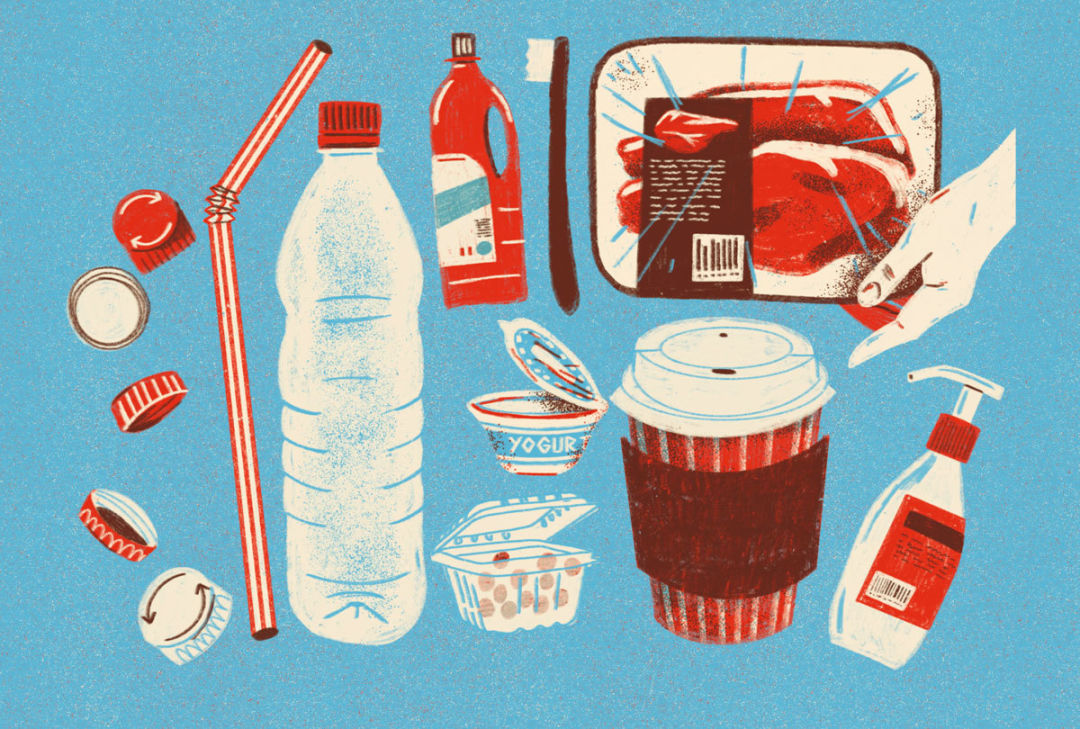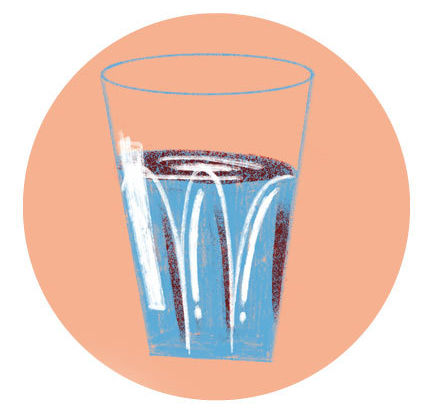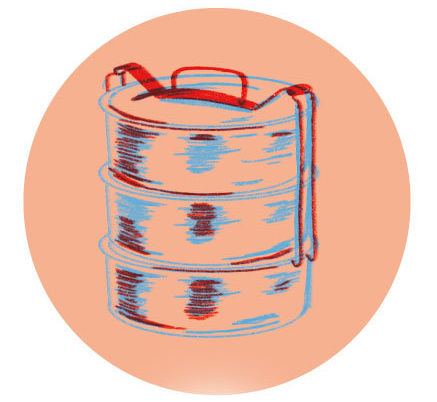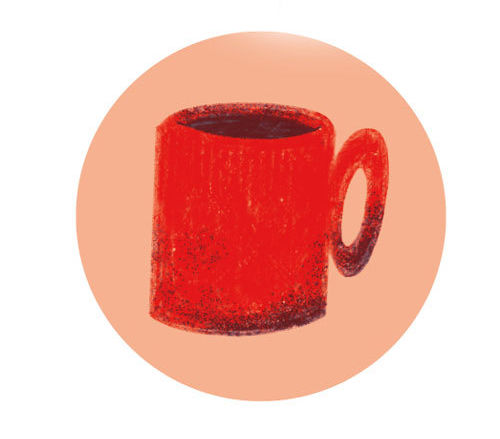Can You Go Plastic-Free in Aspen?

My daughter, Tara, a college student, returned to Aspen last summer a changed woman after interning with an Indonesian environmental education foundation. While there, she and her fellow interns collected 1,000 pounds of plastic on 100 yards of beach in just one hour. That and other experiences helped her understand first-hand what 18 billion pounds of plastic dumped in oceans annually can do to beaches, habitats, and human health. This one-time wonder material—formerly a paragon of convenience, purity, and perfection—is destroying those beaches, killing marine life, and creating a massive garbage disposal problem. It is choking our planet to death.
Convinced that she needs to actively participate in the planet’s well-being, Tara charged us both with a mission: go plastic-free for two weeks. I was up for the challenge, though I knew it wouldn’t be easy.
We began with the most obvious and easiest target: food. We woke up early to pack our own lunches in reusable metal and glass containers, brought our own metal plates and forks to buffet-style lunches, and refilled water bottles from fountains around town. We bought unpackaged vegetables at the farmers market, and at City Market we eschewed the typical plastic produce bags. We bought staples like rice, beans, nuts, and oatmeal in bulk at Whole Foods, packing them in our own reusable muslin-cloth bags, and made everything from jam to bread at home. One of the hardest things to give up? Hyper-packaged berries in plastic clamshells and sushi in plastic boxes. We also had a rule regarding getting food to go: no takeout unless restaurants were willing to pack food in our reusable containers (luckily we found several places in Aspen willing to do this).
We found it more difficult to change our habits outside of meals, as almost everything we use in our daily lives—shampoo and detergent bottles, soap packaging, toothpaste tubes, makeup containers, dish brushes, sponges, pens, pencils, and clothing—has a plastic component. After a few disastrous attempts at making our own soap and shampoo, we opted to buy organic dry shampoo and detergent.

For the first few days, our biggest challenge was making friends with inconvenience. We aimed to give up some of the things we’d always taken for granted, like straws, dry-cleaning, plastic wrap, packaged food items of any kind, and Amazon. Making these small changes inspired us to go one step further in our quest to live green, so we stopped driving (cars are one of the largest contributors to US greenhouse gas emissions) and started taking the bus instead.
After the first week, Tara and I went from thinking “This is so hard” to realizing that going plastic-free was not only good for the environment but also for us. Rather than living on autopilot, we thought a lot harder about how we spent our money and our time. Our newfound consciousness resulted in more community coffee time at local venues, more shared and healthy home-cooked meals, and the pleasure of using real china. Keeping track of what we bought, purchasing only what we really needed (e.g., one pen instead of 10 ), and buying ingredients rather than prepared goods also lowered our weekly shopping bill.

During our exercise, I found myself considering the slogan “reduce, reuse, recycle” much more closely. In our society, we tend to focus on only the last part. Recycling has become a justification for consumption as we believe that our waste will be converted back into usable goods. According to SOSfuture—a nonprofit dedicated to reducing waste—only about 20 percent of used plastic actually gets recycled here. Some of it is shipped abroad to poorer developing countries for recycling (though several countries are now returning garbage sent by developed countries), but most of it simply ends up in landfills. Furthermore, plastic can be recycled fewer than 10 times before it can no longer be used. So, though recycling is better than doing nothing, it is not the solution. Reusing is certainly better, but it, too, comes at a cost. That leaves us with reducing—not creating waste in the first place—as the only workable long-term solution.
For Tara and me, our mission soon stopped seeming like a hardship and instead developed into a fun challenge. We started to think creatively about how to rid our lives of plastic— for example, swapping parchment for plastic wrap, string for scotch tape, and fabric for gift wrap. Some of the habits have stuck. Since those two plastic-free weeks, I continue to buy “naked” produce, and I haven’t brought home a single plastic bag. Starting small can lead to big things.

Break Your Own Plastic Habits
Give up: takeout coffee (or bring your own ceramic or metal mug), straws, plastic or paper cups and plates, and plastic shopping bags.
Patronize restaurants that are willing to package their takeout food in your reusable containers, such as Bangkok Happy Bowl, 520 Grill, and the Big Wrap, to name a few.
Instead of buying bottled water, carry a reusable water bottle and refill it from water fountains or faucets. (From living in Asia, my family knows just how much of a luxury it is to be able to drink straight from the tap.)
Build and keep a zero-waste kit that’s easily accessible to grab when you go out. It could include: two cloth shopping bags, two to four muslin bags for bulk buys, a metal spork, a metal plate, an insulated mug with a screw-on cap, a reusable glass or metal water bottle, a roll of reusable paper towels, two reusable food containers, and four brown paper bags.













































